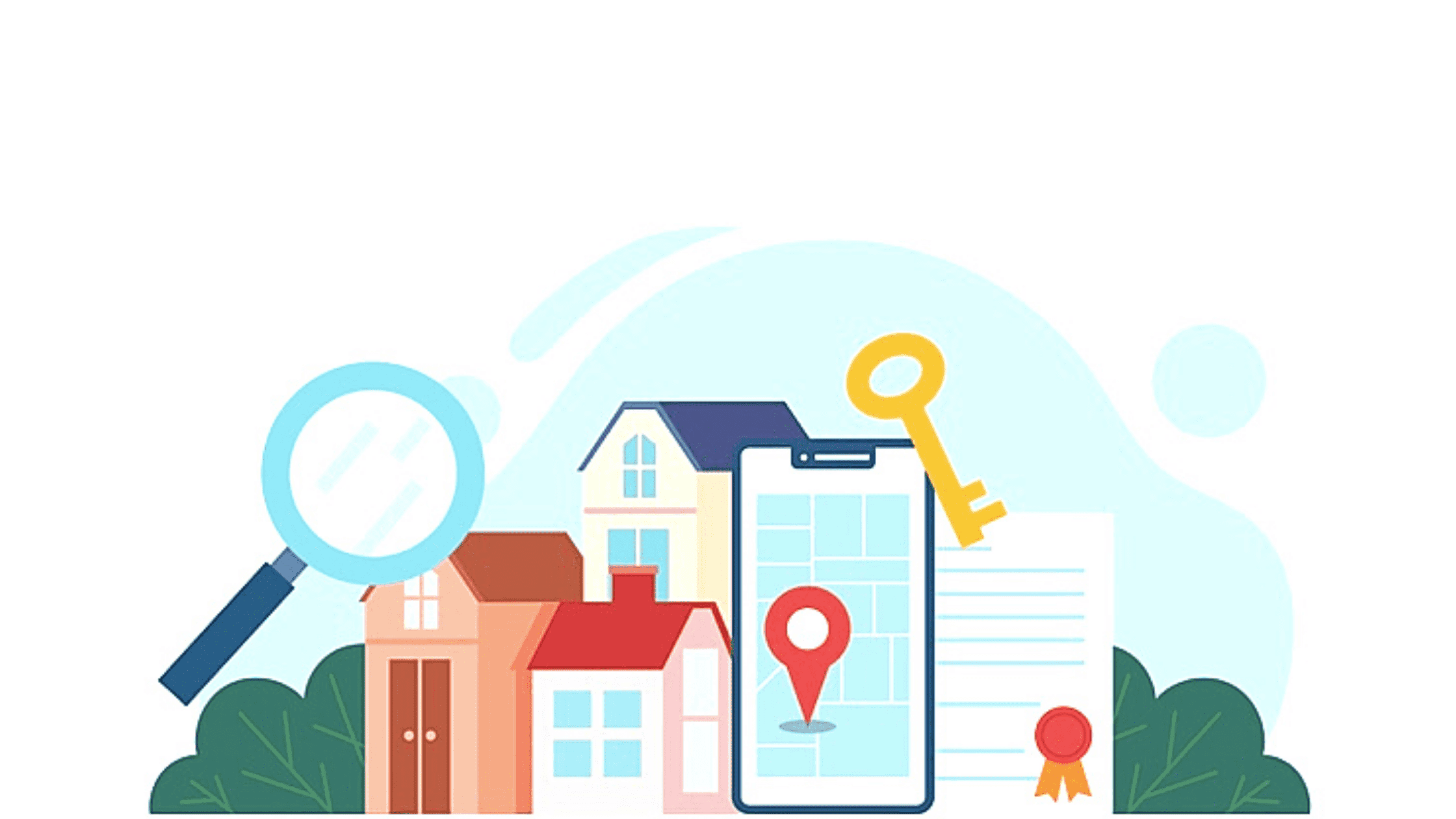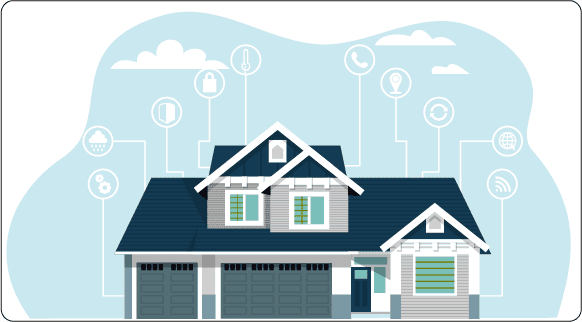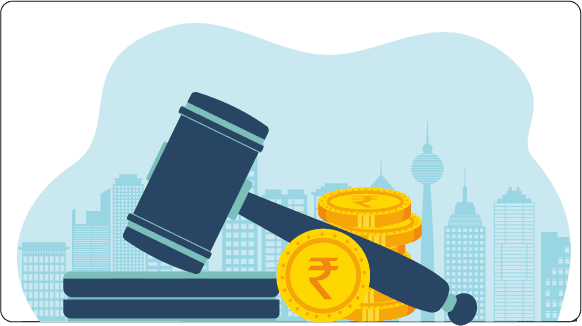How Real Estate and Infrastructure Are Related

All of us is not an expert in everything. A person who is an expert in literature might not have a good hold over finances or Real Estate, infrastructure, etc. If you are the one who is new in this field and is confused regarding such terms, then you are in the right place!
In this article, you will get to know the basic difference between Real Estates and Infrastructure.
Real Estate
So, let’s begin with Real Estate. In common parlance Real Estate means land as well as land with permanent improvements. Empty land or land without any permanent improvement is likewise viewed as Real Estate.
Permanent improvements include both natural and man-made features or items that are permanently attached to the land. Natural improvements that are permanently included with land are trees, water, soil, minerals, pond, and lake etc. On the other hand, man-made improvements are buildings and houses, etc. The key feature of real estate property is that it is immovable. Various kinds of personal property like jewelry, furniture, dresses, books, vehicles, small equipment, boats, and electronic gadgets etc., are not permanently attached with land and therefore are not considered to be Real Estate property.
Real estate property can be categorized into four types such as residential, commercial, industrial, and land.
Under the residential type comes houses, apartments, etc. The commercial type includes office buildings and the like. Industrial type includes factories, warehouses, etc. The land is open land that will be used in construction later on.
Infrastructure
Now, let’s have a basic idea of Infrastructure. The term ‘Infrastructure’ first showed up in use in the last part of the 1880s. It indicates the set of fundamental facilities and systems that are available in a particular area.
The word ‘Infrastructure’ came from two French words, i.e., ‘infra’ meaning ‘below’ and ‘structure’ which means ‘building’.
Thus, infrastructure is the basic physical or organizational structure that is crucial for the operation of a society or an enterprise. Infrastructure also includes various kinds of services that are very important for the improvement of the overall quality of life of the people of any particular area or region. Examples of infrastructure can be transportation facilities (roads, highways, bridges, etc.), telecommunication, water supply, etc. It has both direct and indirect connections with the economic status of a region. A positive relationship prevails between infrastructure and development, specifically economic development in any area or region or country. For instance, if a bridge is constructed to connect two lands, then the people living on both sides will be benefitted from it. They will travel; there will be trade, cultural mingling; thus, the society will develop.
Thus, infrastructures can be witnessed to be the foundation upon which the economic progress or development of the society largely depends. The sector infrastructure mainly includes transport networks (road, rail, water and air), communication networks (telephone, mobile, internet, newspaper, TV, and radio etc.), dams, bridges, sewers, tunnels, and water and power supply, etc. The development of infrastructure is quite important for the overall prosperity of the people of a region or country.
Infrastructure is capital intensive, which means, a large amount of investment is required for the development of infrastructure. For example, it is beyond doubt that a lot of money is needed for the construction of a road, and even its repairing! The projects that are related to the development of infrastructures are mainly funded publicly, privately, or through public-private partnerships.
In a broad sense, infrastructure can be divided into two types, i.e., hard infrastructure and soft infrastructure. Hard infrastructure includes physical networks like roads, bridges, tunnels, and railways etc. On the other hand, soft infrastructure includes health services, educational programmes and services, administration and enforcement of laws, recreational facilities, and emergency services, etc.
The development of infrastructure is largely associated with the increase of the value of real estate property. As infrastructure is permanently attached with land therefore in many cases it is considered as a part or subset of real estate. Although for some people Real Estate and infrastructure are alike, in reality, there are some significant differences between them.
The Basic Difference Between Real Estate and Infrastructure Are Mentioned Below
- The land is considered an important real estate property but it is not considered as infrastructure.
- Infrastructure is considered a fundamental demand of people. Therefore, the consumption of infrastructure by people appeared as more important than real estate property.
- Although both the durability of real estate and infrastructure is quite high it is observed that the overall durability of infrastructure is comparatively high than real estate. For example, the durability of a transport network is generally more than a building.
- Investment needed for the development of infrastructure is generally more than the development of real estate. Compare the investment needed to construct a 4-lane road with that of a house!
- The involvement of the government is witnessed to be higher for the development of infrastructures of the country compared to the development of real estate.
- The quality of life of the people is largely associated with the availability of accessibility to various infrastructures than real estate.
- Economic development of the country or region (GDP) is directly and indirectly associated with the infrastructural development than real estate.
- The economic value of real estate property (land, buildings, and houses etc.) largely depends on infrastructures (roads, railways, and power supply etc.). For example, the price of a house that is near to the main road will be always higher than that which is far away from the main road.
- Real estate property can fulfil both short scale (personal house) and large scale (large building and commercial building etc.) needs of the society. On the other hand, infrastructure mainly focuses on fulfilling large scale societal needs (roads, railways, and sewers lines etc.).
Thus, in this article an attempt has been made to explain you the basic difference between Real Estates and Infrastructures.
Nevertheless, you can always contact us at info@roodland.com. You can also visit The Real Talks for many more informative articles.

Fire Norms Documented in National Building Code (NBC)
Can we consider RE and Infrastructure to be same? What is more needed? Infrastructure is absolutely needed for your development.
Reasons for the Illegal Construction and What the Government Official Can Do to Avoid Them?
Can we consider RE and Infrastructure to be same? What is more needed? Infrastructure is absolutely needed for your development.
How To Deal With Encroachment On Your Property?
Can we consider RE and Infrastructure to be same? What is more needed? Infrastructure is absolutely needed for your development.
Growth in Real Estate May Be Hampered by Rising Raw Material Costs
Can we consider RE and Infrastructure to be same? What is more needed? Infrastructure is absolutely needed for your development.
Top Ambitious Infrastructure Projects Coming up in Ahmedabad
Can we consider RE and Infrastructure to be same? What is more needed? Infrastructure is absolutely needed for your development.
Quick and Easy Construction Technique Using GFRG Panels
Can we consider RE and Infrastructure to be same? What is more needed? Infrastructure is absolutely needed for your development.
Which City is Best for Settlement After Retirement?
Can we consider RE and Infrastructure to be same? What is more needed? Infrastructure is absolutely needed for your development.

















